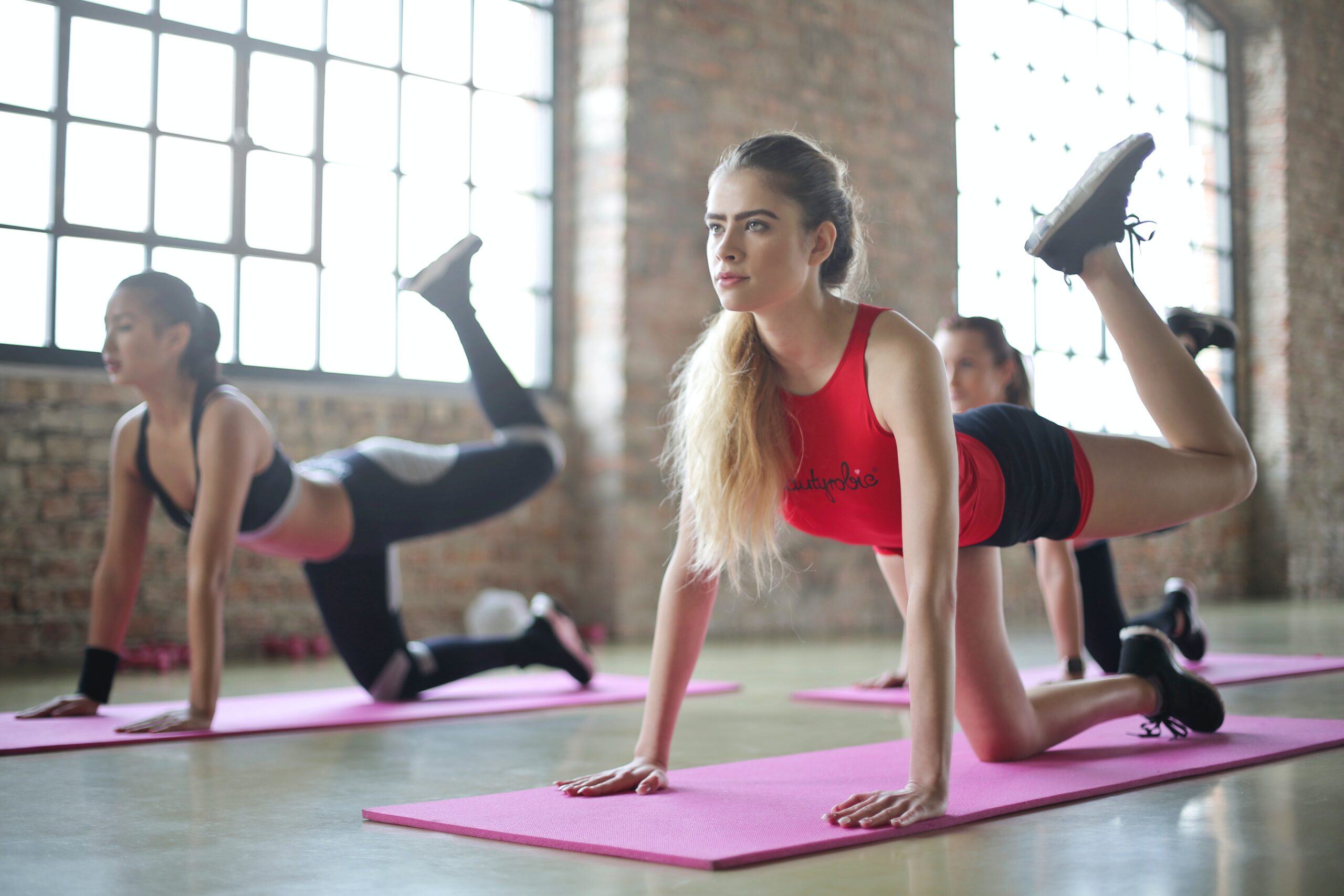As yoga has become more popular in recent years, many people have begun to explore its potential as a supplement to their regular workouts. Yoga is not typically thought of as a strength training workout, yet it can have some great benefits for your body if you know how to do it right. If you’re looking for ways to increase your core strength and flexibility with yoga, here are our top five favourite poses:
Downward-facing dog.
Downward-facing dog is a great stretch for the hamstrings, calves and lower back. It’s also a good place to start for beginners. If you’re new to yoga, this pose will help you get comfortable with being upside down while stretching out your muscles at the same time.
Downward-facing dog can be used as an effective warm-up exercise before an intense workout or class; it increases blood flow throughout the body and prepares joints for movement in challenging poses like plank or warrior III (see below).
Plank pose.
Plank pose is an excellent way to strengthen your core and improve your balance. To do the pose, get into the top of a push-up position with your elbows directly under your shoulders and toes on the floor. Keeping your body in a straight line from head to heels, hold for 60 seconds or more.
Plank pose should feel challenging but not impossible–if you can’t hold it for 60 seconds yet, try lowering yourself down onto all fours instead of keeping both feet flat on the ground (this will make it easier). You can also rest on one hip and knee while performing plank if necessary!
Warrior II.
Warrior II is a great pose for strength training. It can be done anywhere, without any equipment and will help with balance and stability. The pose also works on the shoulders and hips, which are often neglected when we’re working out. To get started with this pose:
- Stand with feet hip-width apart (about 1 meter). Bend one knee and bring it up towards your chest so that the bottom of your foot rests on top of your other thigh or knee cap (this can be quite challenging for beginners so don’t worry if it doesn’t feel right immediately).
- Extend one arm straight out in front of you with palm facing down at about shoulder height (or higher if possible), while extending opposite leg backwards into a lunge position – keep both sides straight but not locked out as this will strain muscles unnecessarily; instead focus on finding balance through balancing yourself between these two opposing forces!
Half moon pose.
Half moon pose is a balancing pose that requires you to find your centre of gravity, and it can be performed with hands on hips or arms outstretched. It improves balance, helps to improve posture and increases flexibility in the hamstrings and hips. This variation can be performed with bent knees on a chair; this will allow you to focus on each individual muscle group as it works independently from the others.
Cobra pose (bhujangasana).
Cobra pose (bhujangasana) is one of the best poses for strengthening the back and shoulders. It also improves flexibility in the chest, neck and spine. To perform cobra pose:
- Lie on your belly with legs extended straight behind you, toes pointed outwards. Bend at the waist to place hands flat on floor with arms straightened or slightly bent at elbow joints if comfortable doing so. Gently lift head off mat while inhaling deeply through nose; then exhale as you slowly push up into a raised-up position by extending arms forward until they are straightened above head – but not locking elbows out tightly! Keep shoulders relaxed away from ears as much as possible during this movement phase; don’t allow them to round forward into rounded shoulder position!
Yoga is a great way to build strength, flexibility and focus
In a nutshell, yoga is a great way to build strength, flexibility and focus.
It’s not just about the asanas (poses) though! Yoga also helps you relax and sleep better, improve your posture, focus on the present moment rather than worrying about things that have happened in the past or might happen in future. It can also help de-stress you after a hard day at work or school.
Conclusion
We hope you’ve enjoyed this list of our five favourite yoga poses for strength training. As we mentioned, there are many other great ones to choose from and they all have different benefits. We encourage you to experiment with different poses and find out which ones work best for your body type or goals!

